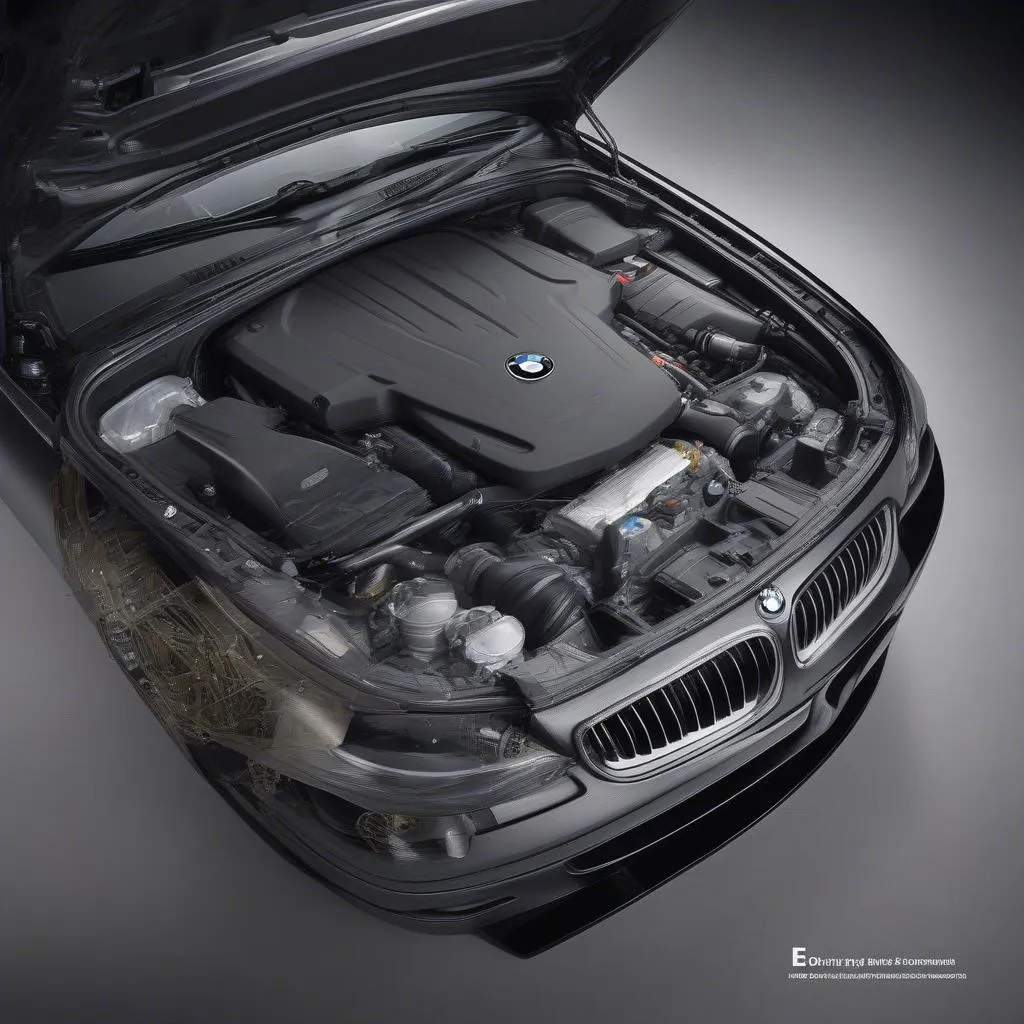The BMW E65 and E66 7 Series, produced from 2001 to 2008, are renowned for their luxury and performance. However, these sophisticated vehicles can present complex diagnostic challenges. If you’re experiencing issues and your BMW E65 or E66 is showing poor diagnostic results, an OBD2 scanner can be an invaluable tool in identifying the root cause.
Understanding OBD2 and its Role in BMW Diagnostics
OBD2, or On-Board Diagnostics, is a standardized system that allows external devices, like scanners, to communicate with your car’s computer (ECU). It provides access to a wealth of data, including:
- Error Codes: These codes pinpoint specific areas where the system detects a malfunction.
- Live Data Stream: This real-time information from various sensors helps assess engine performance, transmission behavior, emissions, and more.
For E65/E66 owners, an OBD2 scanner can be particularly helpful in diagnosing issues related to:
- Engine Management: Misfires, rough idling, loss of power.
- Transmission Problems: Slipping, harsh shifting, failure to engage gears.
- Electronic Systems: Issues with iDrive, navigation, comfort access, and other modules.
Common Reasons for Poor Diagnostic Results
While an OBD2 scanner is a powerful tool, there are instances where it may not provide conclusive results. Here are some common reasons:
- Complex Electrical Systems: The E65/E66’s intricate electrical system, with its multiple modules and interconnected components, can sometimes make it difficult to isolate the root cause of a problem.
- Intermittent Issues: Problems that occur sporadically are harder to diagnose, as they may not always trigger an error code or leave a trace in the system.
- Sensor Malfunctions: Faulty sensors can send inaccurate data to the ECU, leading to misdiagnosis.
Maximizing Your OBD2 Scanner for BMW E65/E66 Diagnostics
To improve your chances of getting accurate results and pinpointing issues in your E65/E66, consider these tips:
- Choose the Right Scanner: Opt for a scanner specifically designed for BMW or one that supports enhanced diagnostics for European vehicles.
- Consult Factory Repair Information: BMW’s factory repair manuals and technical bulletins provide invaluable insights into model-specific diagnostic procedures and common fault points.
- Check for Software Updates: Ensure your OBD2 scanner has the latest software updates to ensure compatibility with newer vehicle models and access to the most recent diagnostic features.
When to Seek Professional Help
While an OBD2 scanner empowers DIY troubleshooting, some issues require the expertise of a qualified BMW technician. Situations where professional help is advisable include:
- Persistent Problems: If the issue persists after attempting common fixes based on OBD2 readings.
- Complex Electronic Faults: Problems related to the iDrive system, modules, or other sophisticated electronics.
- Safety Concerns: Any issue affecting the safe operation of the vehicle.
Conclusion
An OBD2 scanner can be a valuable asset for any BMW E65 or E66 owner, providing insights into potential problems and aiding in DIY diagnostics. By understanding its capabilities and limitations, and using it in conjunction with other resources, you can effectively troubleshoot issues and keep your BMW running smoothly.
Remember, while an OBD2 scanner can be a helpful starting point, seeking professional help from a qualified BMW technician is always recommended for complex or persistent issues to ensure accurate diagnosis and repair.


